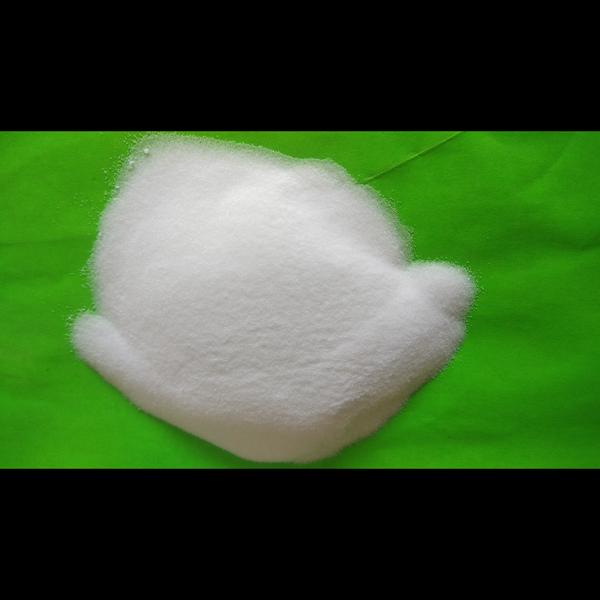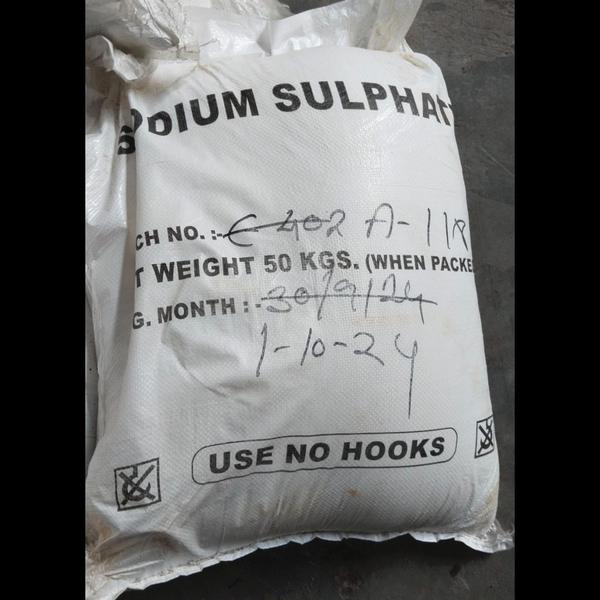1. Sodium Nitrate – [NaNO₃]
❌ Negative Effects:
✅ Environmental:
Eutrophication of water bodies:
Runoff from farms can lead to algal blooms, choking aquatic life.
High nitrate levels in groundwater → non-potable water (affects rural areas).
✅ Health Risks:
In food: Excess consumption is linked to:
Methemoglobinemia in infants (“blue baby syndrome”)
Formation of nitrosamines, a possible carcinogen
✅ Regulatory:
Strict limits by FSSAI (India) and WHO on food-grade sodium nitrate.
Exporters must comply with Codex Alimentarius, REACH (EU), and US FDA norms.
⚠️ 2. Lead Nitrate – [Pb(NO₃)₂]
❌ Negative Effects:
✅ Environmental:
Highly toxic heavy metal — contaminates soil and water
Bioaccumulates in ecosystems
✅ Health Risks:
Lead poisoning: Affects nervous system, kidneys, and reproductive health
Occupational exposure risk in workers during handling
✅ Regulatory:
Banned or restricted in many applications under RoHS, REACH, and EPA (USA)
In India: Usage restricted to licensed industries (BIS/Drug/Defense standards)
Disposal governed by Hazardous Waste Management Rules, CPCB
💡 Businesses dealing in lead nitrate must maintain MSDS, PPE training, and obtain environmental clearances.
⚠️ 3. Ammonium Nitrate – [NH₄NO₃]
❌ Negative Effects:
✅ Environmental:
Highly water-soluble – easily contaminates groundwater
Promotes algal blooms and nitrate pollution
✅ Health & Safety:
Highly explosive under improper storage
Major incidents: Beirut Explosion (2020), Texas City Disaster (1947)
Sensitive to heat, friction, and contamination with fuels
✅ Regulatory:
Classified as 'Explosive Precursor' under Indian Explosives Act
Handled only by licensed dealers; special storage rules (away from fuel, fire, direct sunlight)
International shipping regulated under IMO Class 5.1 Oxidizer
🚫 Misuse for terrorism (used in IEDs) has led to tighter controls in many countries.
⚠️ 4. Guanidine Nitrate – [CH₆N₄O₃]
❌ Negative Effects:
✅ Environmental:
Toxic to aquatic organisms
Limited biodegradability
✅ Health & Safety:
Thermally unstable — can decompose explosively at high temperatures
Irritant to eyes, skin, and respiratory system
✅ Regulatory:
Under UN Class 1.1D Explosives
In India, only sold to defense, aerospace, and licensed labs
Export/Import needs DGFT clearance & end-use declaration
🌍 GLOBAL MARKET PERSPECTIVE
Issue India Global Market (EU/USA)
Environmental concerns Groundwater & soil safety Strict EPA, REACH norms for discharge
Food-grade safety FSSAI guidelines WHO, FAO Codex, US FDA
Explosive risks Controlled by PESO US ATF & Homeland Security, EU Explosives Act
Chemical handling rules CPCB & MoEF OSHA, REACH, Globally Harmonized System (GHS)
Export regulations DGFT, Customs Dual-use export restrictions under Wassenaar
✅ How Laxmi Enterprise Can Stay Ahead:
Always share Material Safety Data Sheets (MSDS)
Highlight compliance certifications: ISO, BIS, GMP, GHS, REACH
Offer eco-friendly packaging & safe transport partnerships
Build a 'Responsible Chemistry' brand that ensures safety, transparency, and traceability



